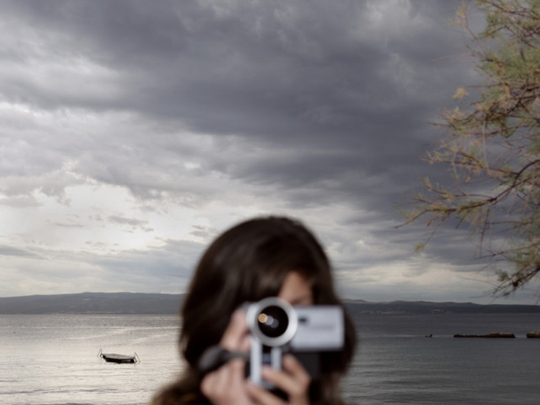
For anybody who wishes to get into video making, here are a few fundamental tips that can help you become the next Steven Spielberg.
Story
It is more important to tell a story in a video than in a photograph since you need the attention of the viewer for a longer period of time. Summarise the story you want to tell, and figure out what shots you need.
It is a good idea to use a storyboard to find out the shots you will need and the order you want to put them. You should also think about the length of the video. We recommend a typical length of between two and five minutes. Remember the shorter, the better and that the viewer should be captivated.
Basics
The rules of lighting and composition apply to videography too. For example, when shooting outdoors, keep the sun behind you. You should also try to keep the visual quality.
Another tip is to avoid zooming in while rolling. The worst mistake is to zoom and pan too frequently, try to do it sparingly.
Movement
Along with photography, add motion, interaction and action to your video. It is not only about focusing on the subject’s movement, but also about the camera movements including lateral ones.
Also, try to get different angles for variety. This will plunge the viewer into the scenes. Moreover, you should try to use different lenses as it gives different visual aspects to the scenes.
Sensitivity
The camera will record everything from the breath you take to the slightest movement you make. Consider keeping your camera on a tripod or monopod and invest in a fluid head or unit that will allow you to make smoother camera movements. Our advice is to use a Steadicam unit that will give you a stable image as well as flexibility.
Audio
As a beginner you might want to use a music overlay or a voice-over. There are numerous websites offering royalty-free music. Once you gain more experience you will be able to consider capturing the audio of the scene, such as the ambient noise and the voice. The more advanced you become in video, the more complex and precise your audio captures will be.
Editing
The first thing to remember is to shoot enough footage to edit. For example, for fade-in you will need at least five seconds of video before and after each scene to give you enough time to fade in and out. It is always good to shoot more angles than you think you will need.
Also make sure you have enough memory cards and batteries during the shoot. Instead of keeping your videos and photos on a memory card or computer, put them in a hard drive or create slide show.
Software
Here are our top recommendations for video editing programmes that are suitable for novice video enthusiasts. Windows Movie Maker is the Windows software that is for free and allows you to do basic editing. It is easy to use and accessible and is a good way to start if you’ve never used editing software before. IMovie is its equivalent for Mac computers.
VideoSpin is also easy and is good for the slightly advanced videographers. It is specifically made to take the complexity out of video editing, but it still includes tools, transitions and effects so you can make entertaining videos. Magix Movie Edit Pro 17 HD provides a high-quality depiction for advanced videographers.
Once you have become a video specialist you should have a look at Final Cut, Avid or Adobe Premiere. They are the best editing software for advanced and professional editors.
Now have fun with your video sessions.
— The writer is the Managing Director of Light House Studio, a UAE-based state-of-the-art studio that offers studio and equipment rental as well as photography and production services.











